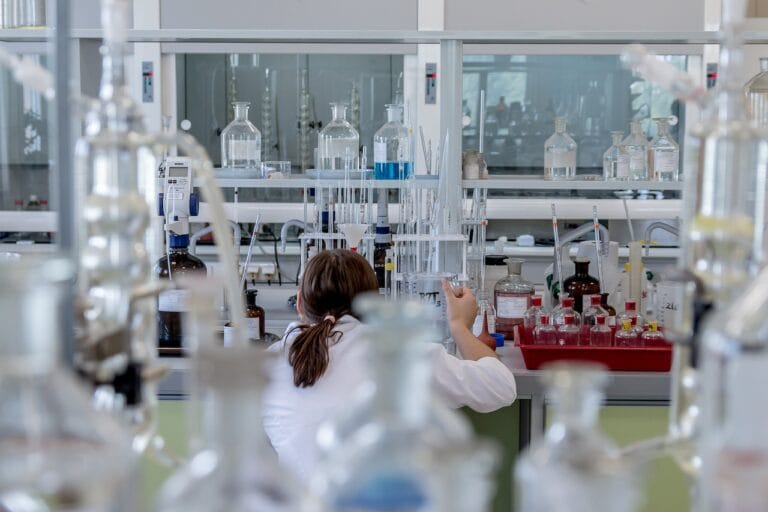Size Exclusion Chromatography
Size Exclusion Chromatography In size exclusion chromatography ( molecular or gel filtration or gel permeation chromatography), molecules, and particles are separated. Small molecules penetrate the pores of the stationary phase, but large molecules do not. Because small molecules must pass through an effectively larger volume, large molecules are eluted first. This technique is widely used…


